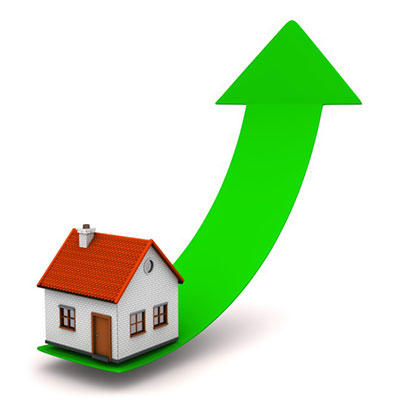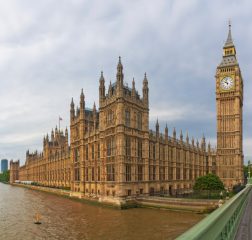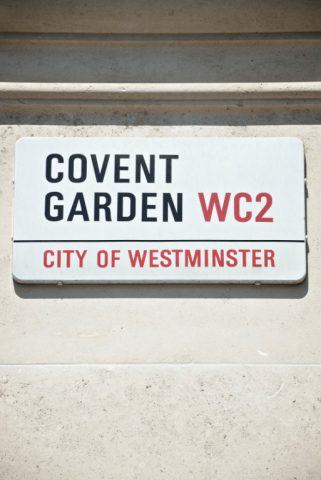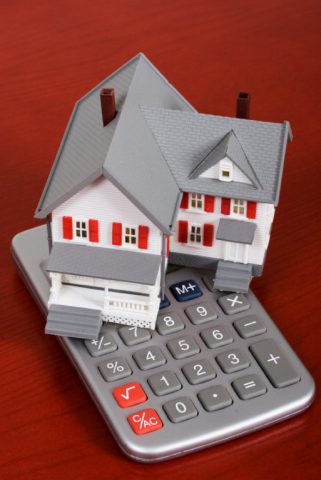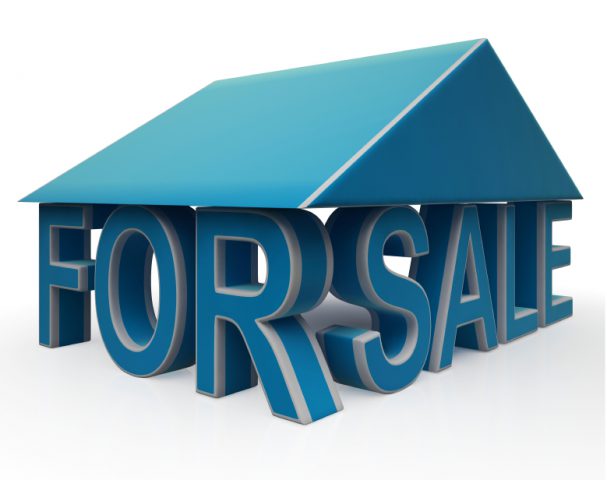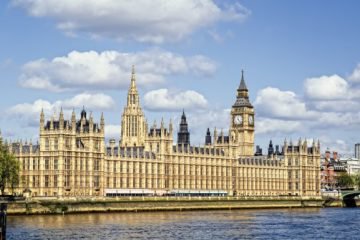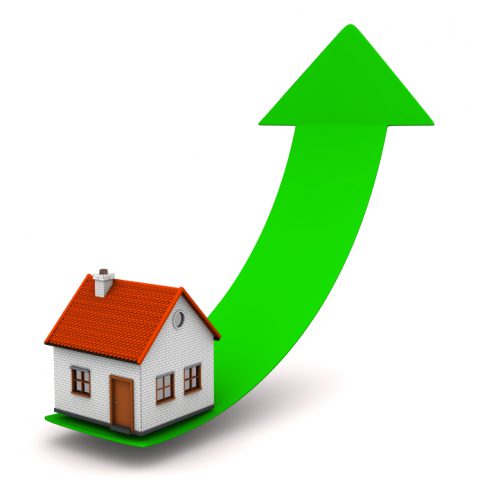How do iPhone price rises compare to that of UK housing in the last decade?
Today is set to see the latest version of the iPhone announced to the public, in Apple’s latest conference scheduled for this evening.
The model is expected to retail at a cool $969 (£734), meaning the price has risen by 94% since the original iPhone came onto the market in January 2007.
But just how does this staggering rise compare to that of the housing market during the same period?
Price Rises
Well, there is no comparison, with prices in the UK housing market rising just 26% on average over the decade.
However, both have seen a fall in price in the last 10 years, with the iPhone 3G (June 2008), 3GS (June 2009) and 4 (June 2010) all seeing a lower price point of $299 when introduced.
In addition, the typical UK house price also dropped between June 2008 and June 2009, by roughly -12.25% as a result of the economic crash.
Since then, the UK market has enjoyed steady growth across each annual Apple iPhone release announcement. Whilst Apple kept their prices frozen at $399 between 2011 and 2013, there has been a notably-larger price rise in the UK housing market.
From March last year, when Apple announced the iPhone 7 and 7S, property prices have risen by 8%.

How do iPhone price rises compare to that of UK housing in the last decade?
Costs
Russell Quirk, founder and CEO of eMoov.co.uk, commented: ‘The escalating cost of getting on the UK property ladder is one that is often highlighted, alongside the lack of growth where wages are concerned and the increasing cost of living.’
‘It makes it even harder for those of us loyal to the iPhone cult when each year the latest product released escalates at an extraordinary rate. It highlights the impossible task faced by younger generations in terms of keeping up with two fast paced areas of modern life, property, and technology.’[1]
[1] http://www.propertyreporter.co.uk/property/how-much-has-price-increases-of-iphone-outstripped-the-uk-housing-market.html
